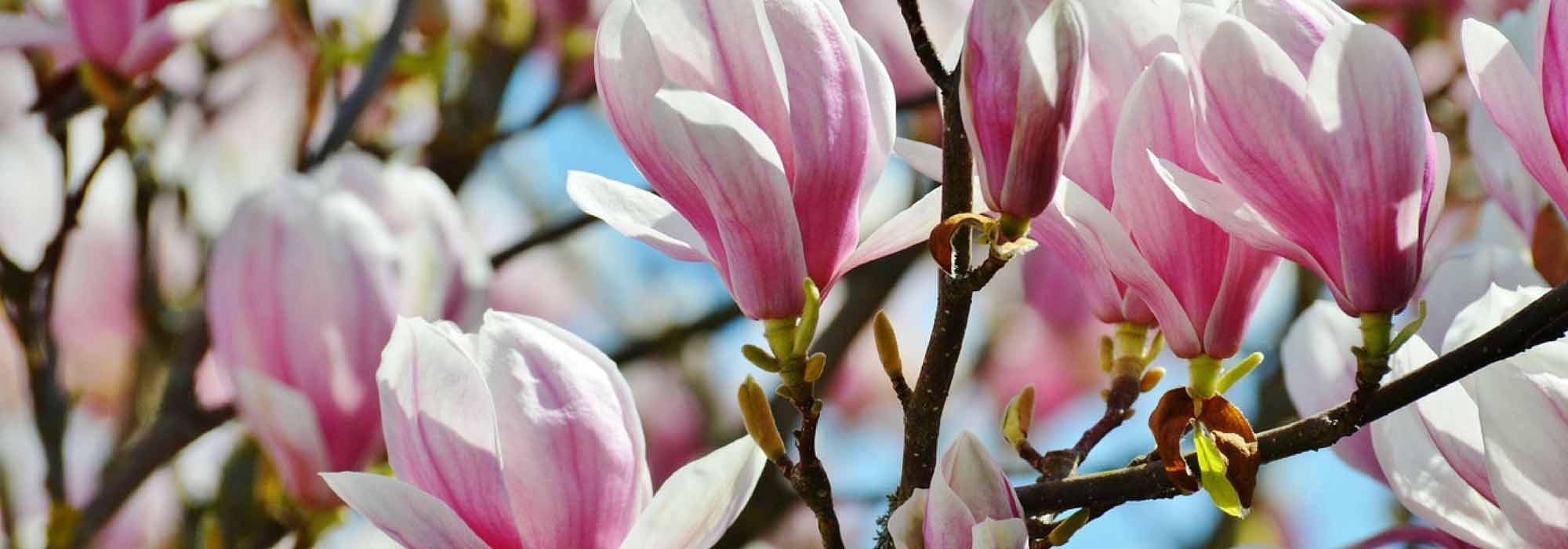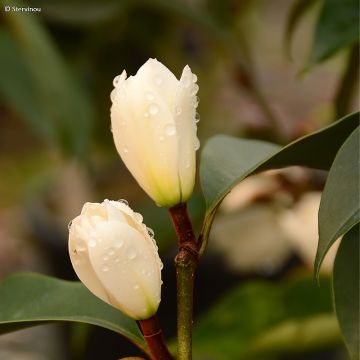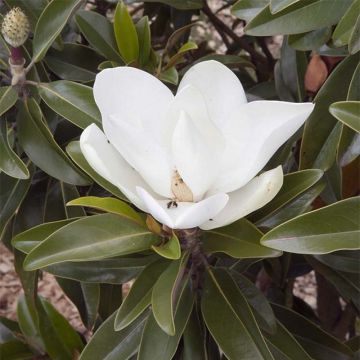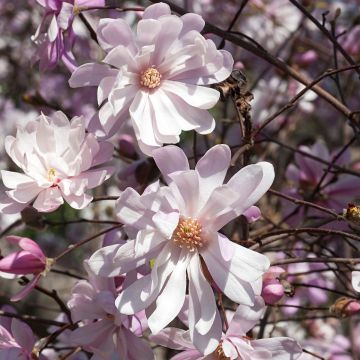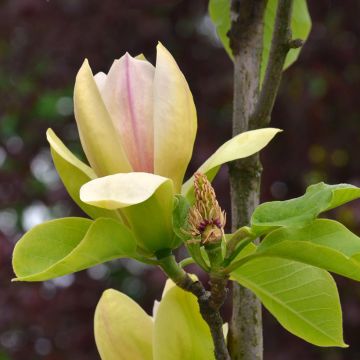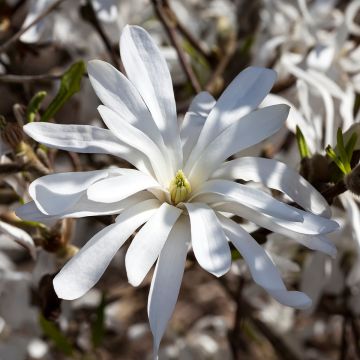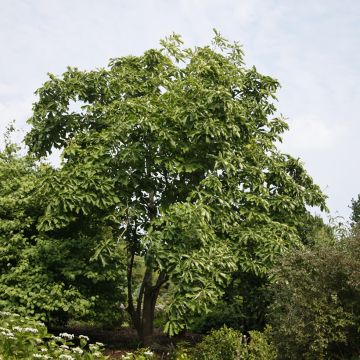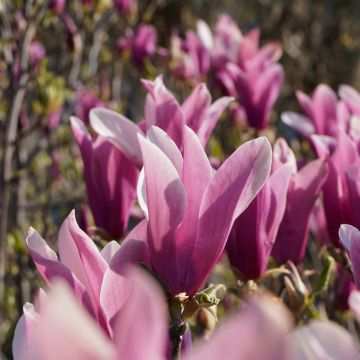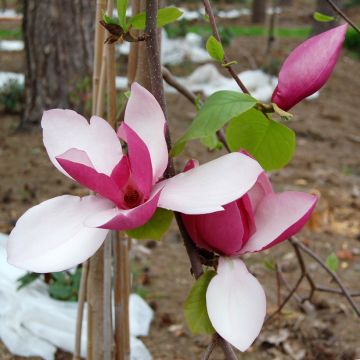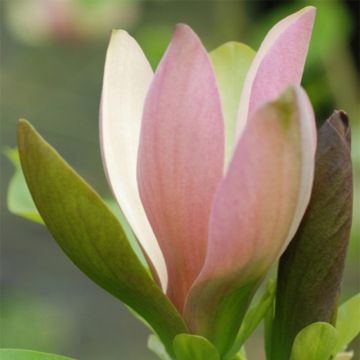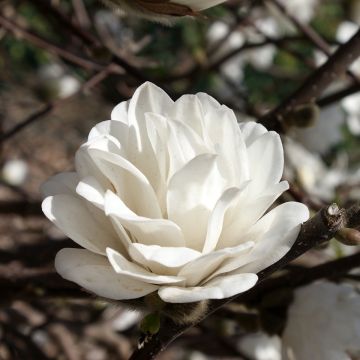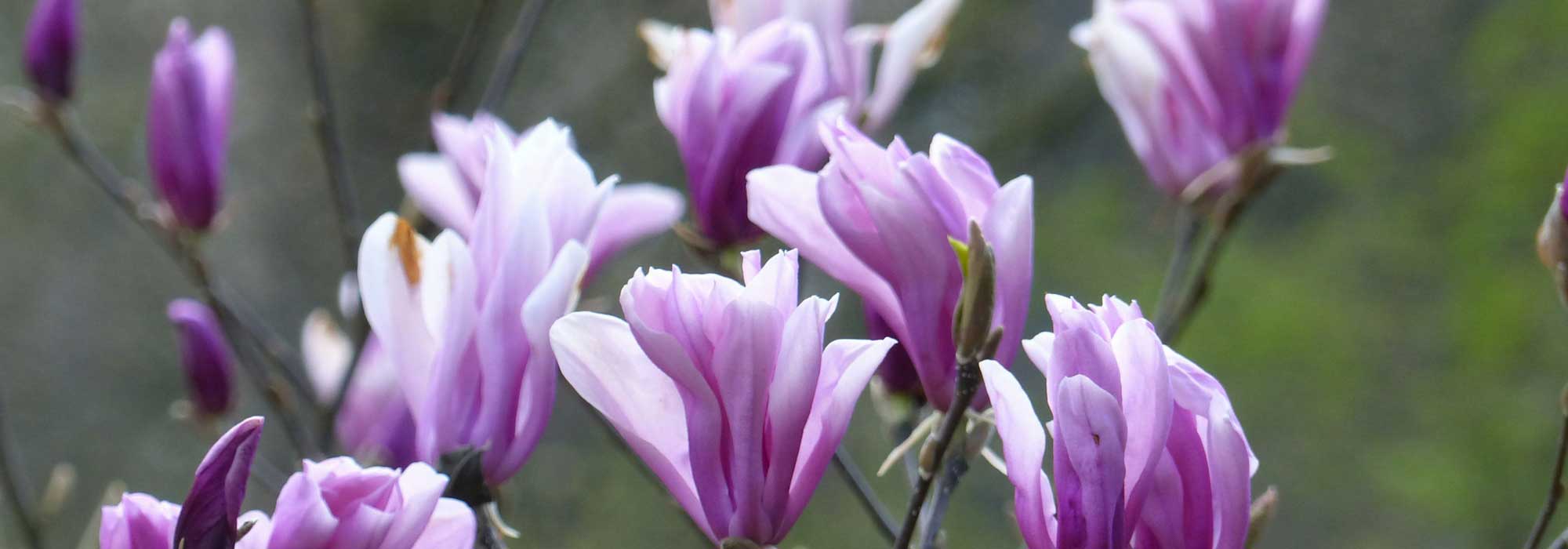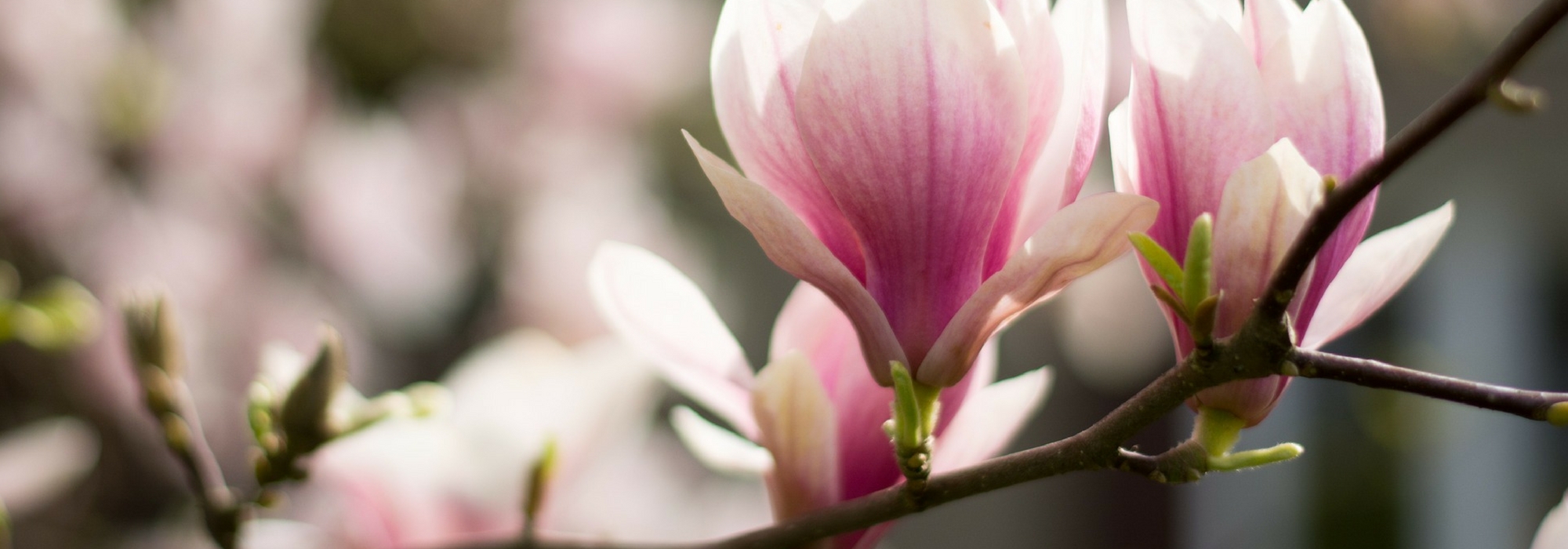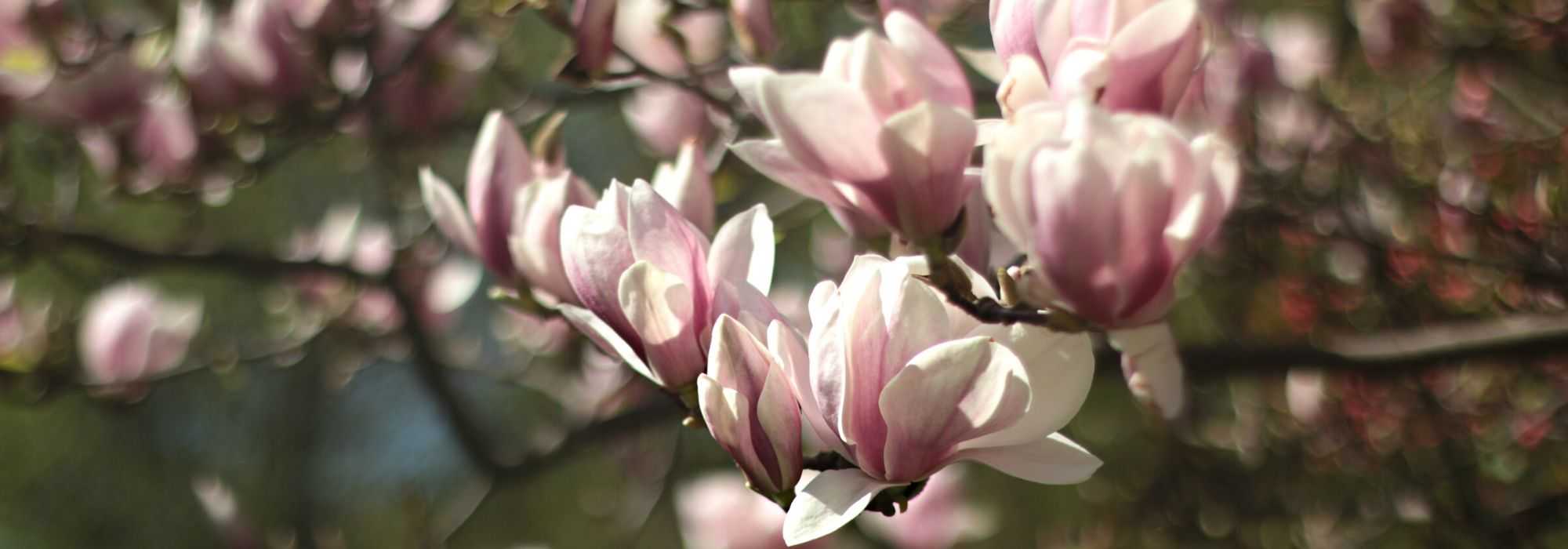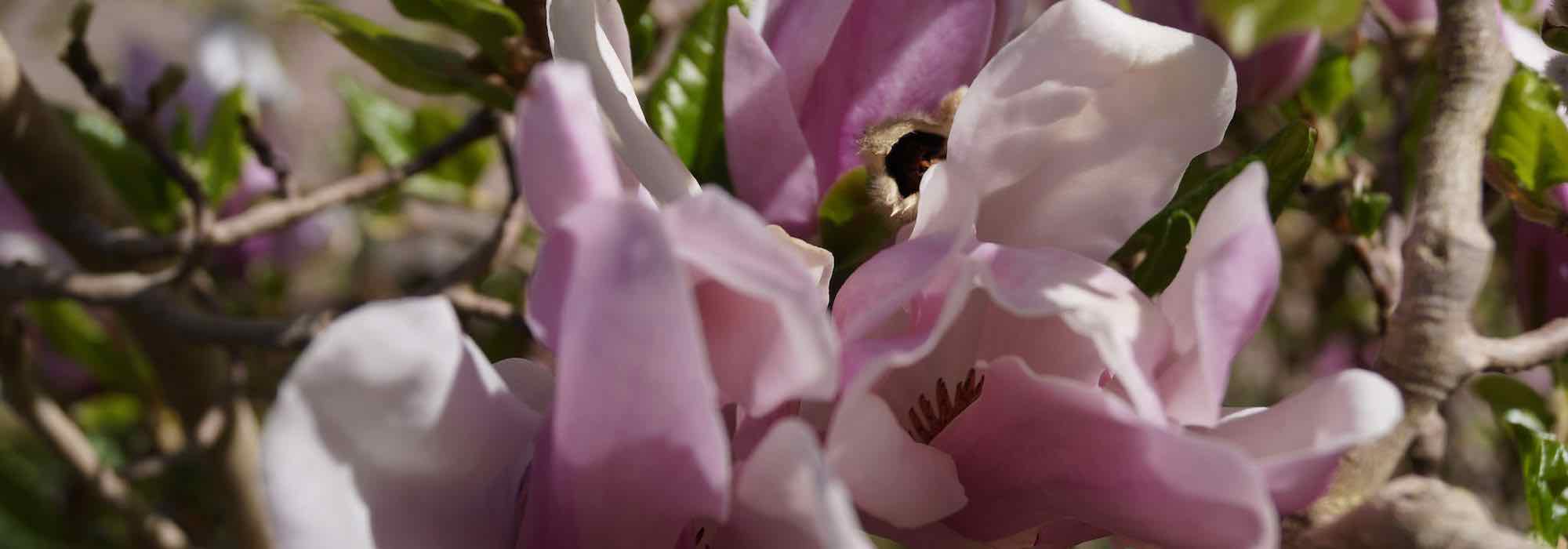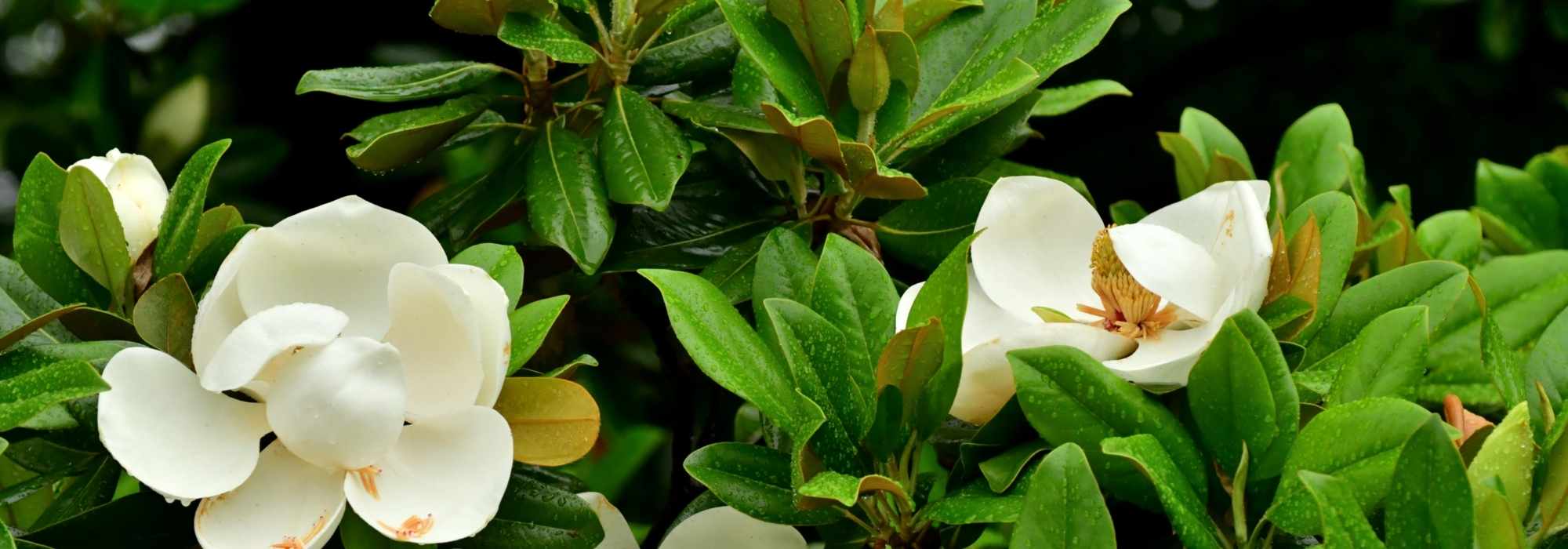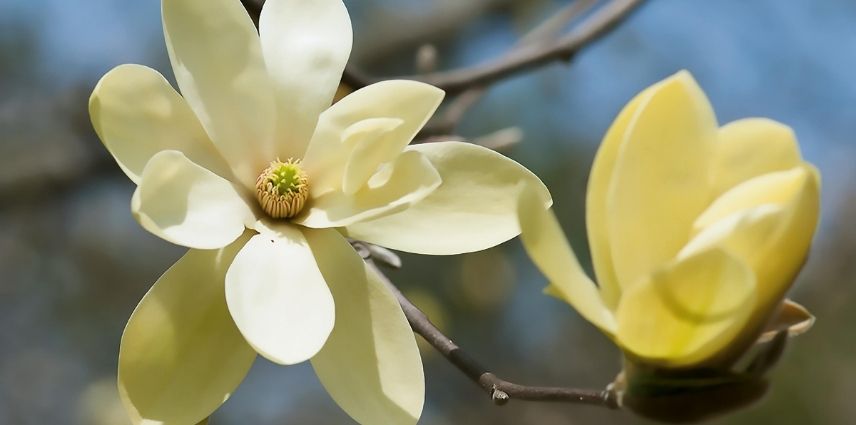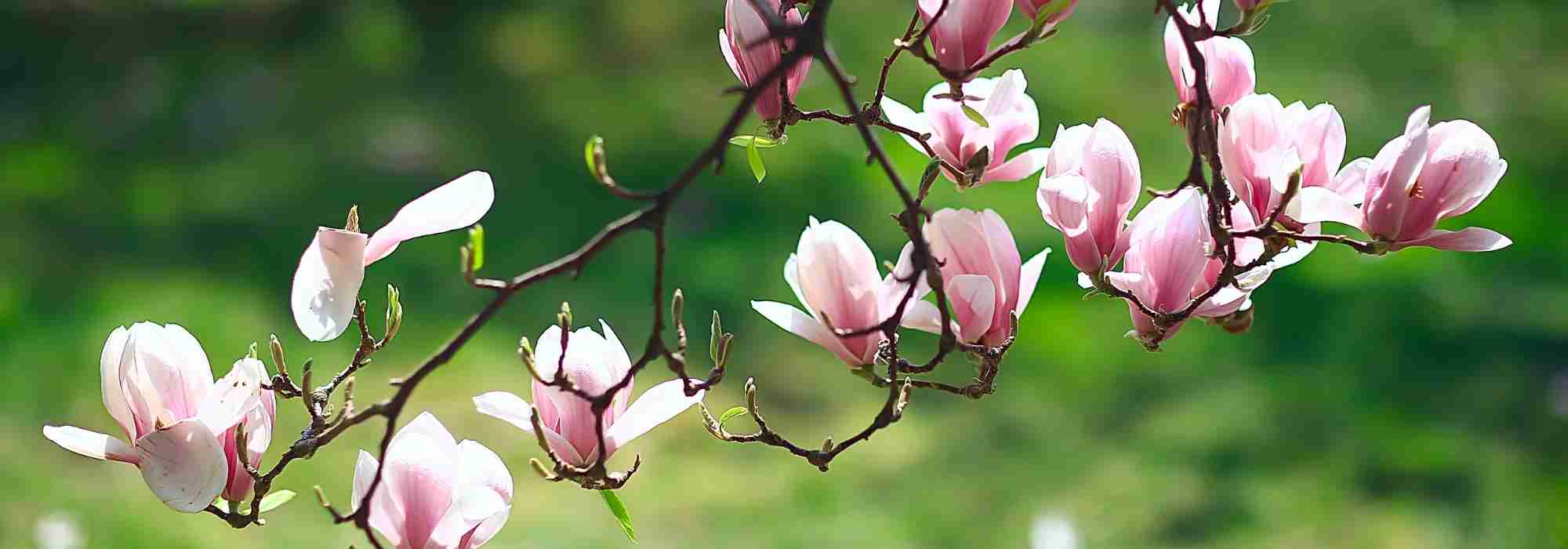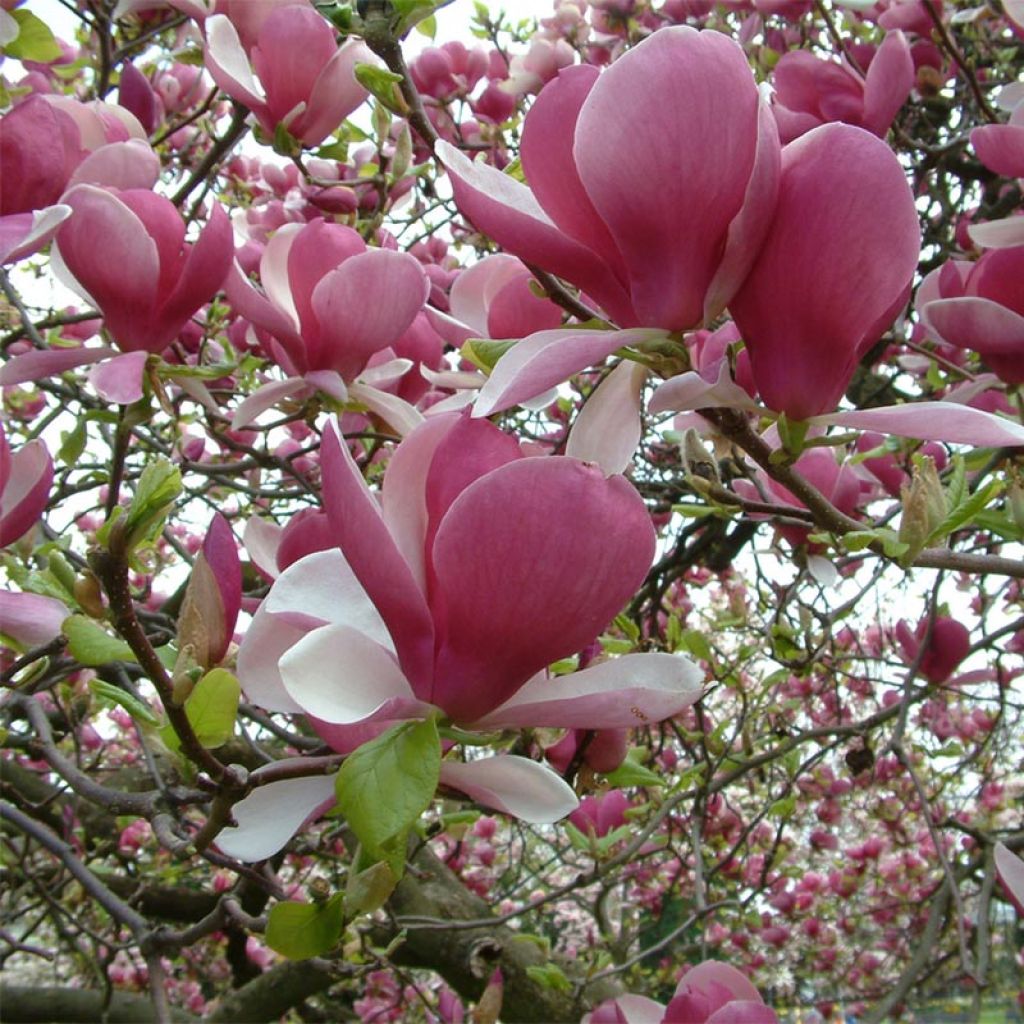

Magnolia soulangeana Rustica Rubra
Magnolia soulangeana Rustica Rubra
Magnolia x soulangeana Rustica Rubra
Magnolia
Very pleased with this item.
élisabeth, 04/11/2024
Special offer!
Receive a €20 voucher for any order over €90 (excluding delivery costs, credit notes, and plastic-free options)!
1- Add your favorite plants to your cart.
2- Once you have reached €90, confirm your order (you can even choose the delivery date!).
3- As soon as your order is shipped, you will receive an email containing your voucher code, valid for 3 months (90 days).
Your voucher is unique and can only be used once, for any order with a minimum value of €20, excluding delivery costs.
Can be combined with other current offers, non-divisible and non-refundable.
Home or relay delivery (depending on size and destination)
Schedule delivery date,
and select date in basket
This plant carries a 24 months recovery warranty
More information
We guarantee the quality of our plants for a full growing cycle, and will replace at our expense any plant that fails to recover under normal climatic and planting conditions.
Would this plant suit my garden?
Set up your Plantfit profile →
Description
The Magnolia x soulangeana 'Rustica Rubra' is a small tree or large shrub with vibrant, early flowers. A classic in our gardens, it has large rose-purple cup-shaped flowers with a lighter centre, unfolding like tulips before the first leaves appear. Hardy and undemanding, it will thrive in any soil that is well-drained, not too chalky and sheltered from cold winds.
Magnolia x soulangeana 'Rustica Rubra', sometimes also known as 'Rubra', belongs to the ancient Magnoliaceae family, mainly found in East Asia. It was derived from the M. x soulangeana 'Lennei' in Boskoop in 1893. The first Magnolia x soulangeana themselves are the result of a cross carried out in France by Étienne Soulange between the Magnolia denudata, a tree with pure white flowers, and the Magnolia liliiflora, a bush with purple flowers, in the first half of the 19th century. The resulting hybrids have intermediate characteristics: slow growth, a more modest size and flowers of varying shades of dark pink.
The Magnolia x soulangeana 'Rustica Rubra' is, therefore, a descendant of these first hybrids. It is a particularly popular and attractive variety, combining a fairly modest size (about 4.50 m (15ft) high and 3.50 m (11.5ft) spread after more than 10 years), a bushy, branching habit, and, above all, generous, early flowers from the end of March, on bare branches: the semi-double flowers, in tulip-like cups of 13 cm (5.1 in), emerge from purple buds, then open to a deep pink with numerous petals. The centre, protecting the pretty cluster of golden stamens, is a much paler pinkish white, offering a striking contrast. The oval, soft green leaves appear afterwards. A few flowers may appear sporadically over the following months.
Hardy and long-lasting, the Magnolia x soulangeana 'Rustica Rubra' is undemanding: plant it in deep and well-drained soil that is slightly acidic to neutral. In very chalky soil, the foliage may develop chlorosis and turn yellow. In this case, it is useful to add ericaceous soil or simply compost to the surface to improve the ground. It thrives in light shade or moderate sunlight, but dense shade will prevent it from flowering properly. The only real difficulty is finding a location sheltered from cold winds and late frosts, which can damage or even destroy the delicate flowers and young foliage. Pruning is optional for this variety, except to remove unsightly, poorly placed, or dead branches. Take care, however, to remove them when they are still small in diameter, as large cuts weaken the plant.
The Magnolia 'Rustica Rubra' is striking enough to deserve a place as a free-standing specimen, in the middle of a lawn or a flower bed, but its compactness means it can also be combined with other shrubs or group of small trees, such as the Acer palmatum Atropurpureum and the Corylus avellana 'Red Majestic'.
Magnolia soulangeana Rustica Rubra in pictures
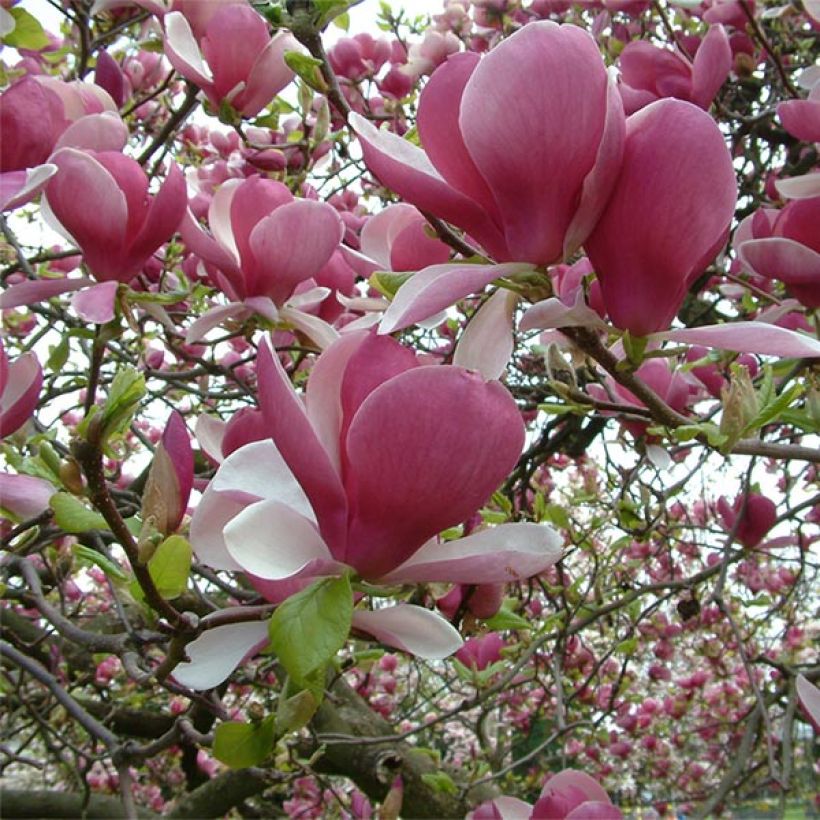



Plant habit
Flowering
Foliage
Botanical data
Magnolia
x soulangeana
Rustica Rubra
Magnoliaceae
Magnolia
Cultivar or hybrid
Other Magnolia
View all →Planting and care
The Magnolia x soulangeana Rustica Rubra should be grown in partial shade or full sun, although full shade is not suitable. It is a good idea to find a spot where it will be sheltered from the cold spring winds so that it can continue to flower beautifully. Plant it in moist, rich, deep, well-drained soil. In chalky soil, mix compost and a little ericaceous soil with garden soil, adding iron or organic matter from time to time to replenish the stock of minerals available to the plant. In the event of drought, keep the young plants watered for 1 or 2 years after planting. Pruning consists of removing dead or diseased wood as well as crossing branches. To keep a liitle space under the branches, gradually remove the lower branches before they become too big - pruning branches that are too large weakens the tree.
Planting period
Intended location
Care
Planting & care advice
-
, onOrder confirmed
Reply from on Promesse de fleurs
Haven't found what you were looking for?
Hardiness is the lowest winter temperature a plant can endure without suffering serious damage or even dying. However, hardiness is affected by location (a sheltered area, such as a patio), protection (winter cover) and soil type (hardiness is improved by well-drained soil).

Photo Sharing Terms & Conditions
In order to encourage gardeners to interact and share their experiences, Promesse de fleurs offers various media enabling content to be uploaded onto its Site - in particular via the ‘Photo sharing’ module.
The User agrees to refrain from:
- Posting any content that is illegal, prejudicial, insulting, racist, inciteful to hatred, revisionist, contrary to public decency, that infringes on privacy or on the privacy rights of third parties, in particular the publicity rights of persons and goods, intellectual property rights, or the right to privacy.
- Submitting content on behalf of a third party;
- Impersonate the identity of a third party and/or publish any personal information about a third party;
In general, the User undertakes to refrain from any unethical behaviour.
All Content (in particular text, comments, files, images, photos, videos, creative works, etc.), which may be subject to property or intellectual property rights, image or other private rights, shall remain the property of the User, subject to the limited rights granted by the terms of the licence granted by Promesse de fleurs as stated below. Users are at liberty to publish or not to publish such Content on the Site, notably via the ‘Photo Sharing’ facility, and accept that this Content shall be made public and freely accessible, notably on the Internet.
Users further acknowledge, undertake to have ,and guarantee that they hold all necessary rights and permissions to publish such material on the Site, in particular with regard to the legislation in force pertaining to any privacy, property, intellectual property, image, or contractual rights, or rights of any other nature. By publishing such Content on the Site, Users acknowledge accepting full liability as publishers of the Content within the meaning of the law, and grant Promesse de fleurs, free of charge, an inclusive, worldwide licence for the said Content for the entire duration of its publication, including all reproduction, representation, up/downloading, displaying, performing, transmission, and storage rights.
Users also grant permission for their name to be linked to the Content and accept that this link may not always be made available.
By engaging in posting material, Users consent to their Content becoming automatically accessible on the Internet, in particular on other sites and/or blogs and/or web pages of the Promesse de fleurs site, including in particular social pages and the Promesse de fleurs catalogue.
Users may secure the removal of entrusted content free of charge by issuing a simple request via our contact form.
The flowering period indicated on our website applies to countries and regions located in USDA zone 8 (France, the United Kingdom, Ireland, the Netherlands, etc.)
It will vary according to where you live:
- In zones 9 to 10 (Italy, Spain, Greece, etc.), flowering will occur about 2 to 4 weeks earlier.
- In zones 6 to 7 (Germany, Poland, Slovenia, and lower mountainous regions), flowering will be delayed by 2 to 3 weeks.
- In zone 5 (Central Europe, Scandinavia), blooming will be delayed by 3 to 5 weeks.
In temperate climates, pruning of spring-flowering shrubs (forsythia, spireas, etc.) should be done just after flowering.
Pruning of summer-flowering shrubs (Indian Lilac, Perovskia, etc.) can be done in winter or spring.
In cold regions as well as with frost-sensitive plants, avoid pruning too early when severe frosts may still occur.
The planting period indicated on our website applies to countries and regions located in USDA zone 8 (France, United Kingdom, Ireland, Netherlands).
It will vary according to where you live:
- In Mediterranean zones (Marseille, Madrid, Milan, etc.), autumn and winter are the best planting periods.
- In continental zones (Strasbourg, Munich, Vienna, etc.), delay planting by 2 to 3 weeks in spring and bring it forward by 2 to 4 weeks in autumn.
- In mountainous regions (the Alps, Pyrenees, Carpathians, etc.), it is best to plant in late spring (May-June) or late summer (August-September).
The harvesting period indicated on our website applies to countries and regions in USDA zone 8 (France, England, Ireland, the Netherlands).
In colder areas (Scandinavia, Poland, Austria...) fruit and vegetable harvests are likely to be delayed by 3-4 weeks.
In warmer areas (Italy, Spain, Greece, etc.), harvesting will probably take place earlier, depending on weather conditions.
The sowing periods indicated on our website apply to countries and regions within USDA Zone 8 (France, UK, Ireland, Netherlands).
In colder areas (Scandinavia, Poland, Austria...), delay any outdoor sowing by 3-4 weeks, or sow under glass.
In warmer climes (Italy, Spain, Greece, etc.), bring outdoor sowing forward by a few weeks.






























